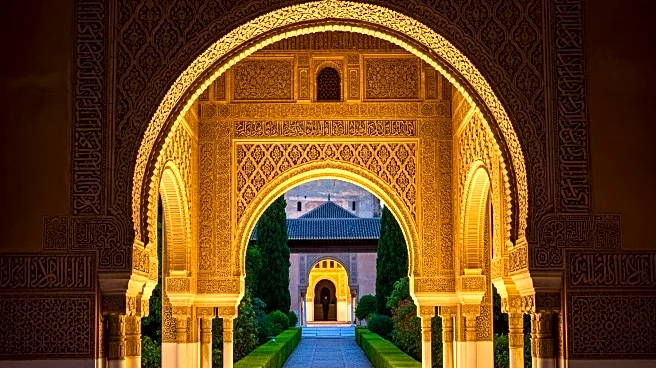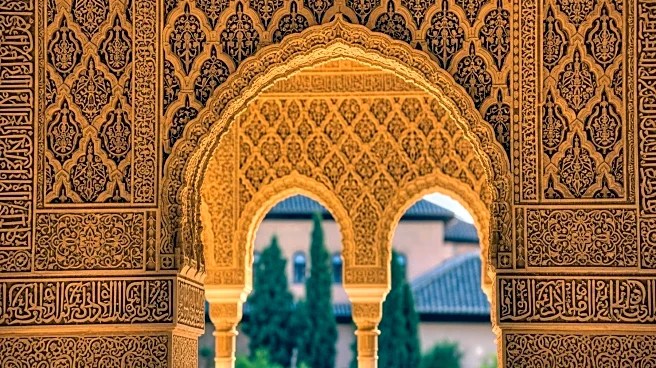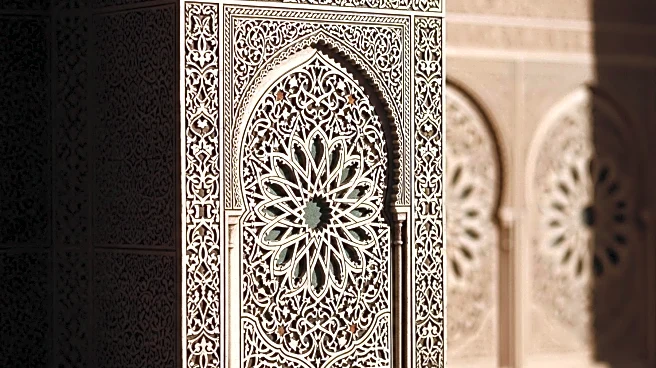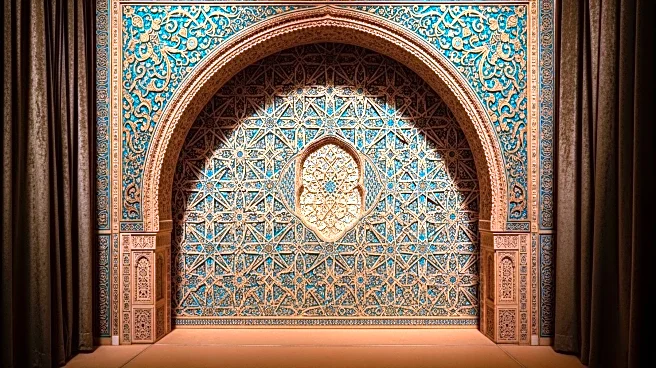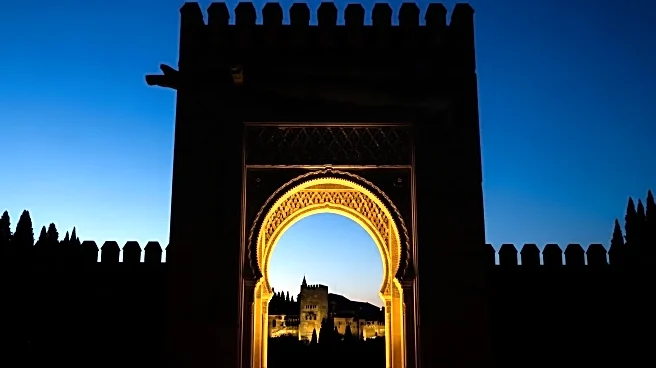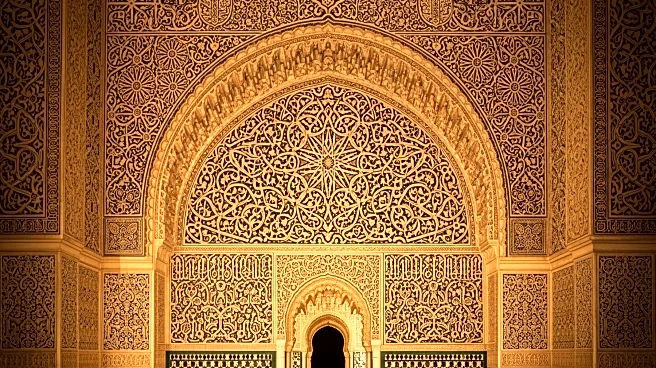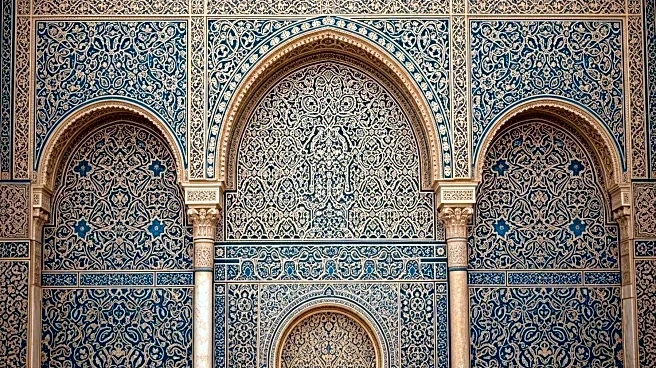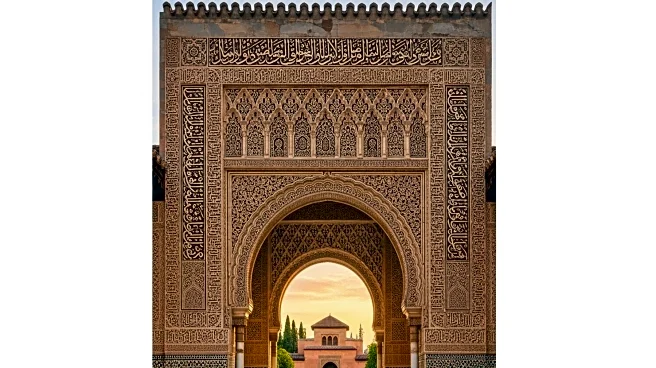The Alhambra, a palace and fortress complex in Granada, Spain, is renowned for its architectural beauty and historical significance. As a UNESCO World Heritage Site, it offers a wealth of fascinating facts that highlight its unique features and cultural importance.
Core Facts
The Alhambra was constructed during the mid-14th century by the Nasrid rulers of Granada. It served as a self-contained city, complete with palaces, gardens, and fortifications. The complex is known for its intricate Islamic architecture, including the famous Court of the Lions and the Palace of Charles V.
Notable Details
One of the most notable details of the Alhambra is its sophisticated water supply system, which provided water to the palaces and gardens. The complex's name, derived from the Arabic "al-Qal'at al-Hamra," means "the red fortress," referencing the reddish hue of its walls. The Alhambra's design incorporates elements of both Islamic and European architecture.
Comparisons and Contrasts
The Alhambra stands in contrast to other European palaces due to its distinct Islamic architectural style. While many European palaces feature Renaissance or Baroque designs, the Alhambra's intricate tilework and muqarnas domes reflect the artistic traditions of the Nasrid dynasty. Its blend of cultural influences makes it a unique architectural marvel.
Key Data Points
The Alhambra covers an area of approximately 35 acres and includes several major palaces, such as the Comares Palace and the Palace of the Lions. It attracts over 2 million visitors annually, making it one of Spain's most popular tourist destinations. The complex's preservation efforts ensure its continued status as a cultural landmark.
 Discover Daily • 8 min read
Discover Daily • 8 min read 